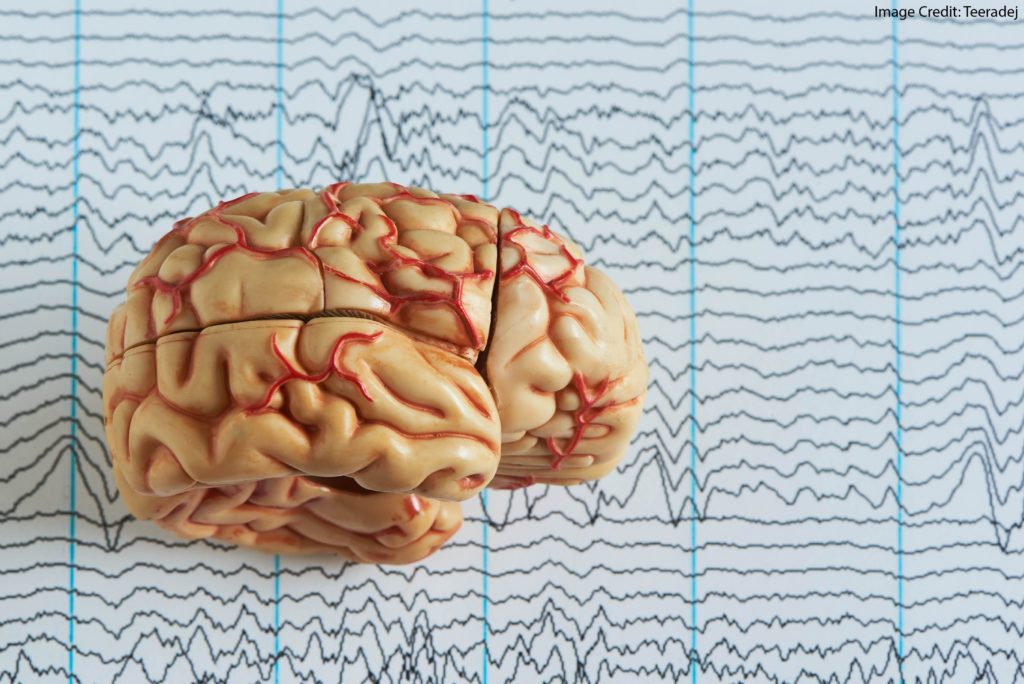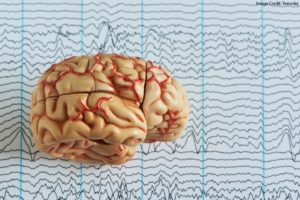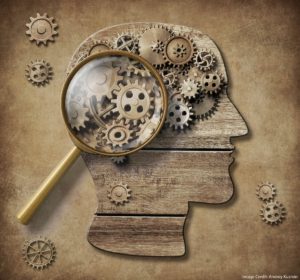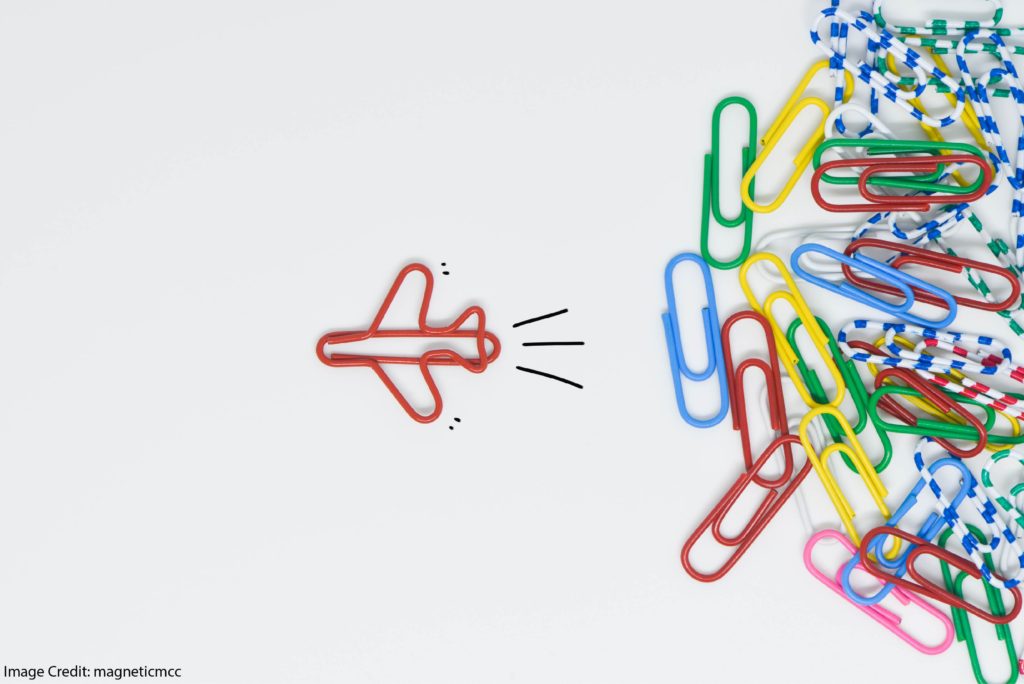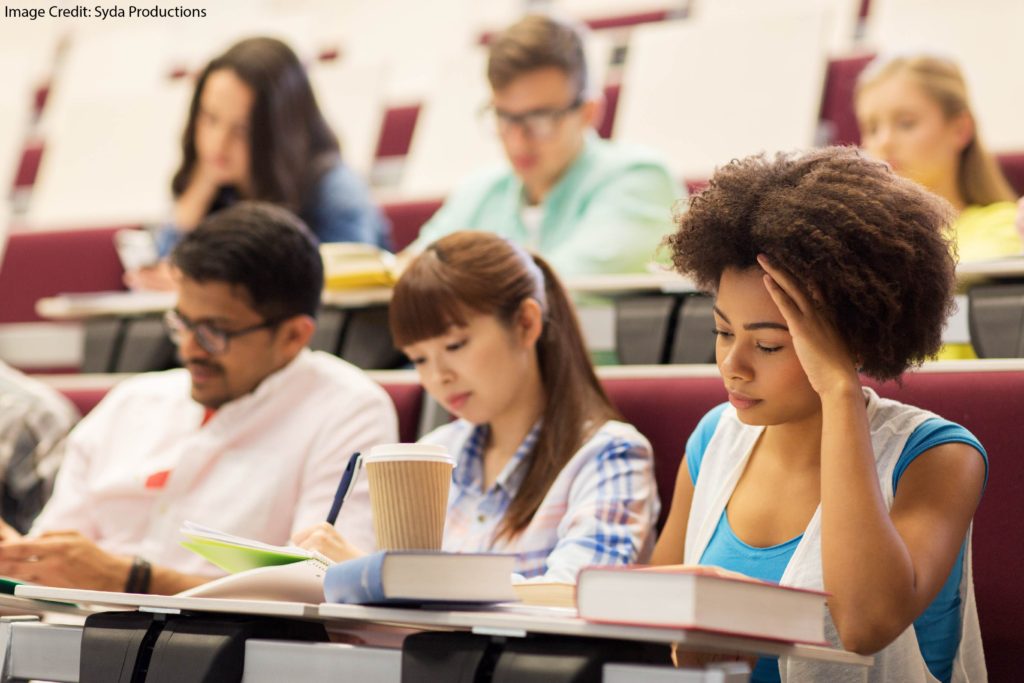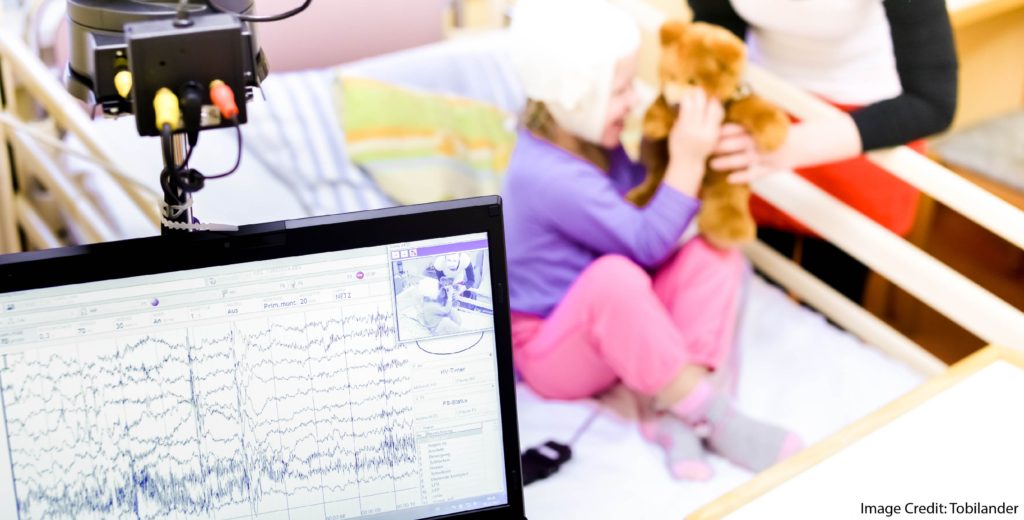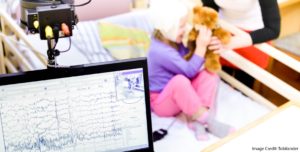We’ve got lots of research on the complexity of adolescent life. And: lots of research on the importance of sleep.
We’ve also got some research showing that technology can clutter our cognitive processes. (To be clear: technology might also be fantastically useful.)
So, what happens when you put all that together and ask about technology and adolescent well-being?
Predictions
I myself would have made two predictions:
One: except at the very extreme end of screen use, I would have doubted technology time matters much for adolescent well-being. Over the years, I’ve seen plenty of studies suggesting that teens do just fine — even socially — when they’re often on line.
In brief: I’ve heard lots of exaggerated concerns, but little persuasive data behind them.
Two: sleep is, of course, essential for human well-being. We can’t think or learn well without it. Heck, we can’t function very well without it.
And, we’ve got research showing that the light from screens delays melatonin onset — and therefore makes it hard to fall asleep.
For those reasons, I would have predicted that screen time before bed — especially LOTS of screen time before bed — would make life hard for adolescents.
The Findings
According to this review, I’m half right. And: not the half I was confident about.
A study that looked at more than 17,000 adolescents in the US, England, and Ireland found that technology use generally didn’t affect adolescent well-being.
(More precisely, they found that screen time accounted for less than 1% of the difference in adolescent well-being.)
And — SURPRISE — they found that technology use before bed had no statistically significant effect.
Amazingly, even one hour of screen time produced no ill effects in this study.
What Teachers and Parents Should (and Should Not) Do
This study reconfirms the point that screen time — except extreme amounts — probably isn’t hurting teens. Even pre-bedtime screens aren’t such a big deal.
(If you’re still having trouble wrapping your head around that second point, don’t worry. I am too.)
So, what should we do?
Well, if we want to improve adolescent well-being, we should NOT focus our efforts on changing their technology habits. After all, if this study is correct, even an optimal change would improve their well-being by less than 1%.
That is: we should NOT be alarmed by the alarmists.
Instead, we should find out what really is stressing them out and focus on those problems instead.
As I find persuasive, research-based evidence to answer that question, this blog will let you know.




